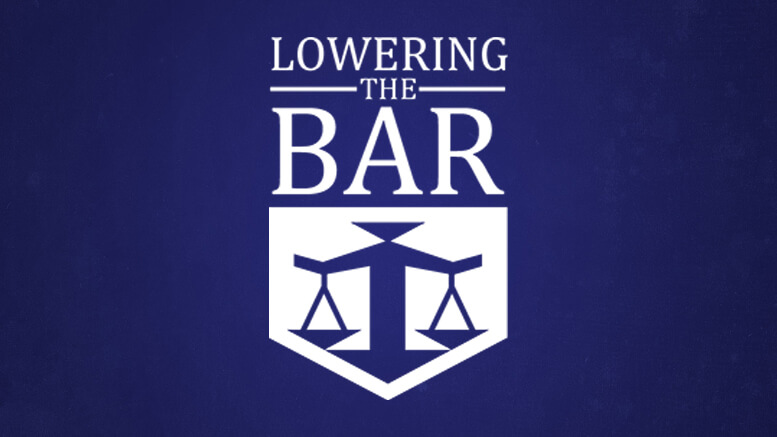There is more than one such man, actually, but although I’m aware of several cases of autolitigation (a term I’m pretty sure I just made up), and the court’s opinion in Lodi v. Lodi is already in the Case Law Hall of Fame, I guess I’ve never actually written about this one.
Lodi v. Lodi was a 1985 California case that “started when plaintiff Oreste Lodi sued himself in the Shasta County Superior Court.” (The court speculated that he did this in order to get a judgment he could somehow use for tax purposes, but ultimately his reasoning didn’t matter.)
Lodi sued himself, served the complaint on himself, took a default judgment against himself when he failed to answer, and then appealed after his case against himself was dismissed. On appeal, he was of course both the appellant and the respondent, and as the Court of Appeal noted, “[e]ach party filed a brief.” (I’m going to see if I can find these, because they should be fairly interesting.)
That court affirmed, reasoning (among other things) that a cause of action requires a plaintiff and a defendant, who, presumably, have to be two different people. It also noted that under the circumstances, the result could not possibly be unfair to Mr. Lodi. In fact, “[i]t is hard to imagine a more even-handed application of justice,” the court wrote, since Lodi lost but also won.
The court also said it had considered whether it should require appellant to pay for the frivolous appeal, but decided that “the equities are better served by requiring each party to bear his own costs.”
Update: Okay, there is at least one prior use of the term “autolitigation,” although it has also been used a couple of times to mean someone who is representing himself. I’d call that “self-representation,” and reserve “autolitigation” for the rarer cases in which somebody has actually sued themselves (intentionally or accidentally). But I guess reasonable people could differ on that.
